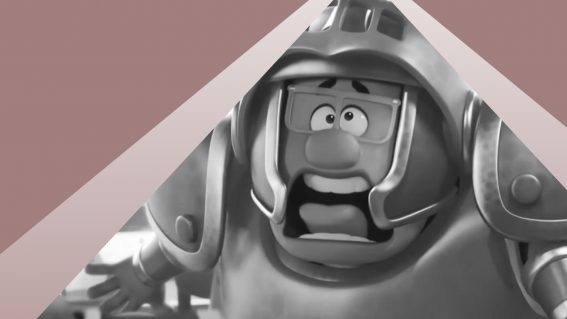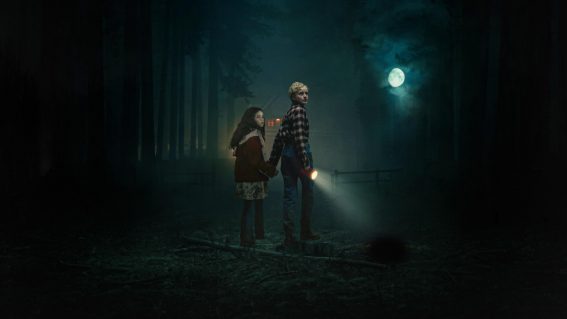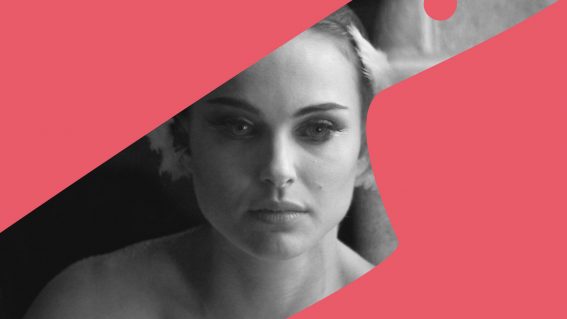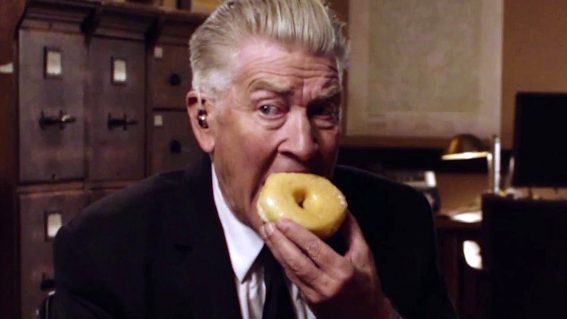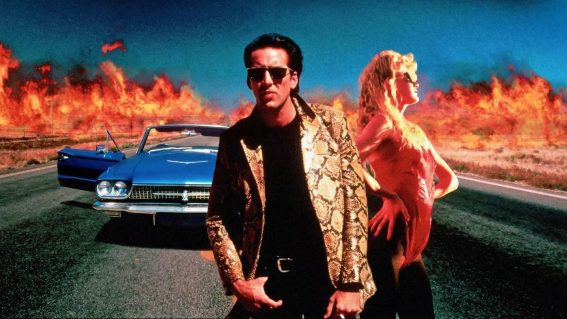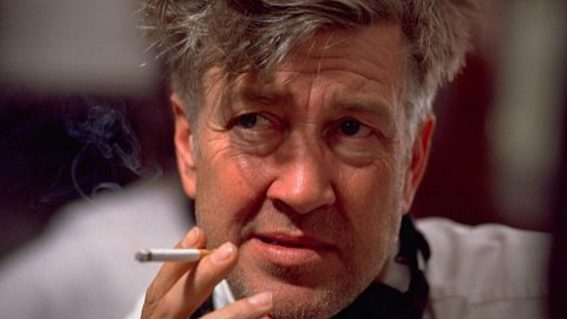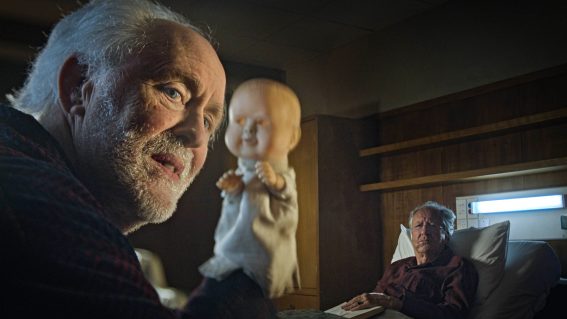Why Jessica Jones is one of Marvel’s greatest achievements
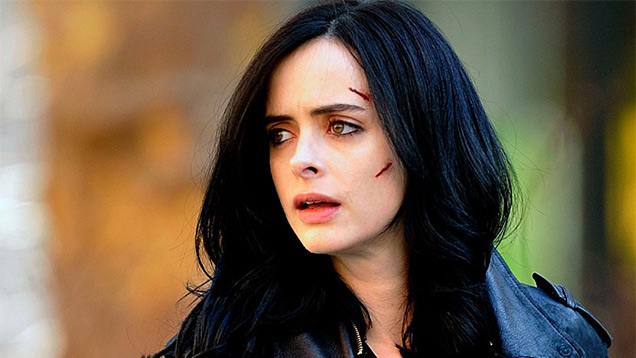
With the third and final season of Jessica Jones having just arrived on Netflix, Maria Lewis revisits the surprising, shocking and stunning first season, which was a milestone for Marvel.
When the first few issues of Brian Michael Bendis and artist Michael Gaydos’ Alias comic dropped in 2001, it was a groundbreaker almost immediately. It was noir in both look and subject matter. A deeply fucked up detective story, at the centre of it was Jessica Jones: a fallen superhero and high-functioning alcoholic struggling with the effects of PTSD. She hadn’t existed in the Marvel universe before, but part of Bendis’ brilliance as a writer was his retroactive weaving of her into the tapestry of Marvel’s New York City. She was a classmate of Peter Parker at Midtown High, a casual lover of Ant Man Scott Lang, a friend of Captain Marvel Carol Danvers, a temporary employee of J. Jonah Jameson, and even an ally of OG Spider-Woman Jessica Drew. That’s without even diving into her tangles with the Avengers and X-Men’s favourite redhead (sorry, Mystique) Jean Grey.
The show had all of those cameos to endear itself to longtime comic book fans, yet it was unmistakably and unflinchingly adult. There were graphic sex scenes, coarse language, heavy amounts of gore, complicated themes, an interracial love story, and a prickly heroine who wasn’t designed to be inherently likable. All of this was radical on paper back at the turn of the millennium, let alone some 15 years later when Netflix would adapt it from panel to screen as one of the four foundational Marvel series. Following shortly after the ruthless first season of Daredevil, Jessica Jones season one remains one of Netflix’s great one-two punches. The 13 episodes were a conscious shift from the highly commercial, highly mainstream Marvel that audiences had seen so far both in theatres with the likes of Iron Man, Avengers and Captain America, but also on the small screen with Agents Of S.H.I.E.L.D.
After successfully adapting the Twilight novels into a three billion dollar cinematic series, Melissa Rosenberg was given the reins to bring Jessica Jones to life during a time when Marvel had failed to shine a spotlight on any number of their female superheroes. So yeah, without the success of Twilight we wouldn’t have Jessica Jones even though the latter was miles away from the world of sparkly, celibate vampires. It was something significant for not just Rosenberg to sink her teeth into, but other female creatives such as director S.J. Clarkson, and writers Liz Friedman and Jenna Reback. After all, it may have been a story created by two men but Alias as a series and Jessica Jones as a character was for women who identified more with the dark-haired, foul-mouthed, combat booth-wearing heroine than the wholesome Sue Storm or Carol Danvers.
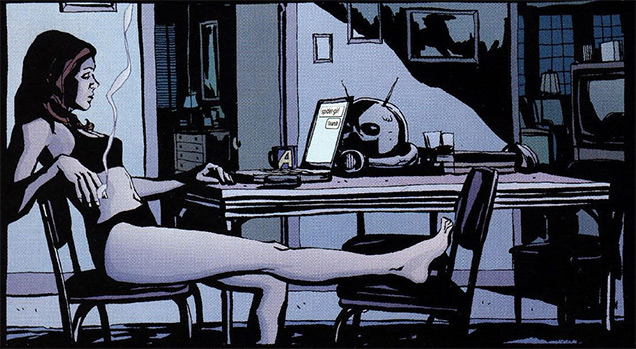
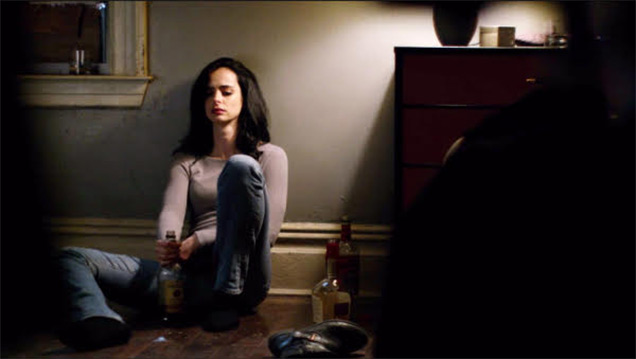
That’s not to say the series was without issuses. While it leaned hard into the darker themes, it also added several problematic ones like its handling of race and specifically its handling of women of colour in the series, as examined in-depth by Black Man Yells At Cloud and The Mary Sue (to name a few). The sexual assault plotline was also intensified from the page to screen, with critics of the show feeling like this wasn’t handled with as much care and caution as it could have been.
Despite these valid criticisms, one of the series biggest strengths was its application of the comic book aesthetic. Not in a kitsch way, like Ang Lee’s Hulk using actual panels, but in a specific way. Jessica Jones the show looked like Alias the comic. Shot by Manuel Billeter – the cinematographer for several (albeit inferior) Marvel shows like Luke Cage, Iron Fist and The Punisher – he did more than recreate the look of integral panels: he captured the vibe, which is much more difficult to grasp. David Tennant’s Purple Man might not have been literally purple like he was in the comic, but his presence and his menace was felt through everything from the purple hues selected in the lighting to more subtle choices such as purple props and costume selections.
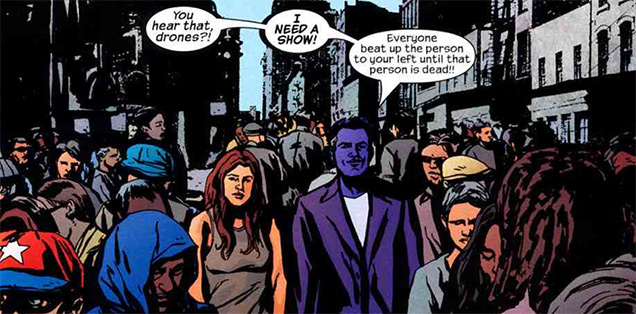
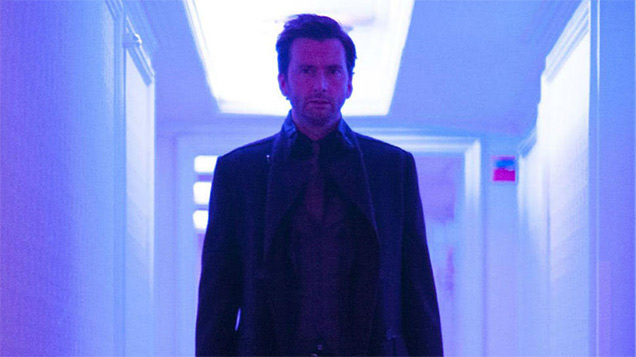
Given the sheer number of things that have to go right for any production to be just good, let alone great, the effectiveness of Jessica Jones is truly multilayered. It’s not just the source material, which in and of itself was brilliant and nuanced, or the fact it was ripe for adaptation more than a decade after it was first published. It’s not just that the performances across the board were stellar, from Krysten Ritter bucking free of her Veronica Mars training wheels and going full marshmallow as the emotional core of the show, to David Tennant’s high camp as Kilgrave and the incredible supporting cast in Eka Darville, Carrie-Anne Moss, Rachael Taylor, Janet McTeer, Mike Colter, and Erin Moriarty.
It’s all of that plus the writing, plus the directing, plus the cinematography, plus the art direction, plus the production design, plus the layers upon layers of technical work stacked alongside the creative elements that take Jessica Jones season one from being good to being great. One of Marvel’s greatest, in fact.

